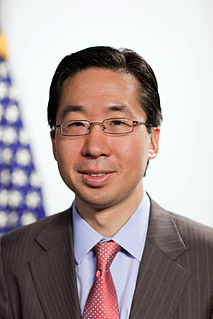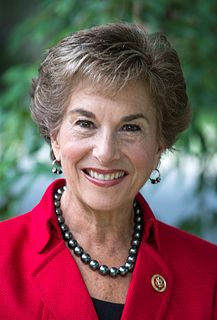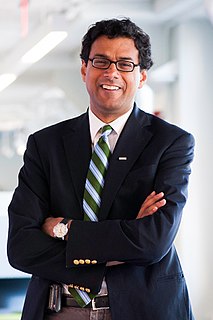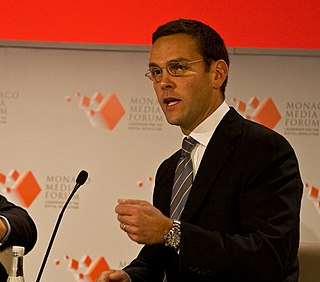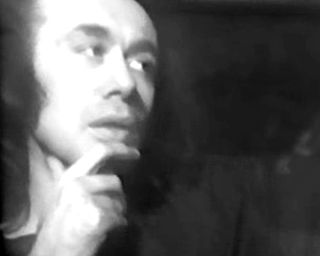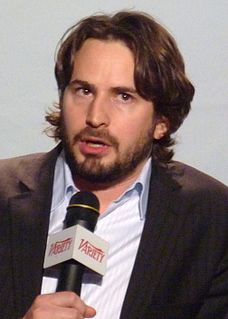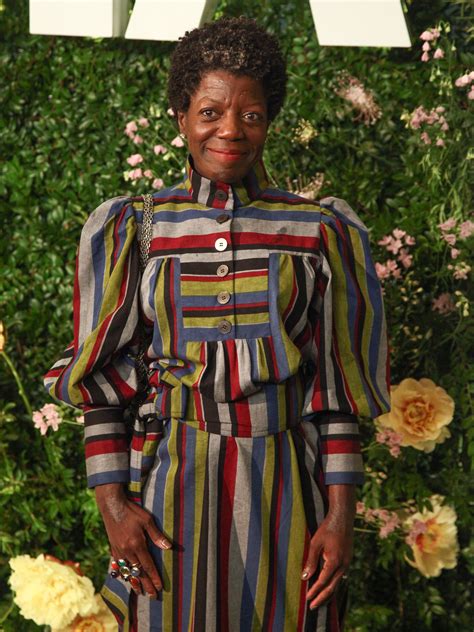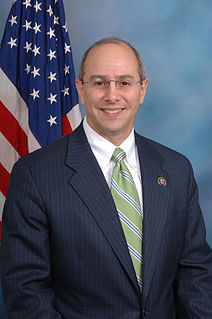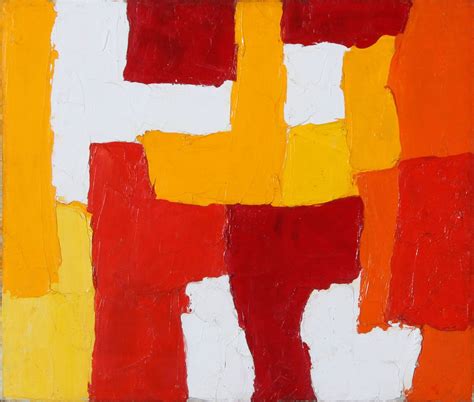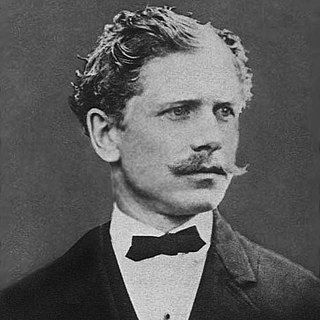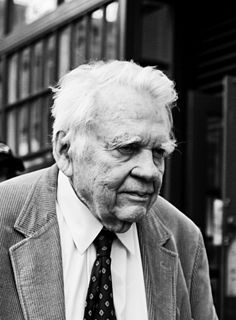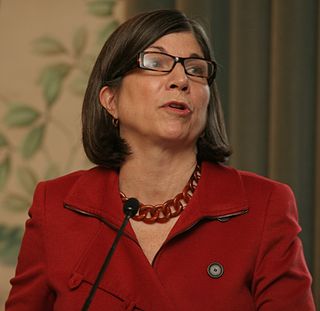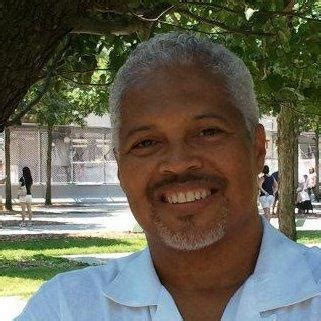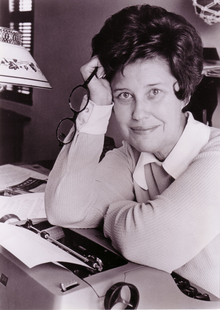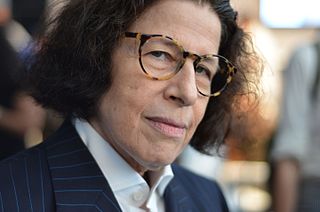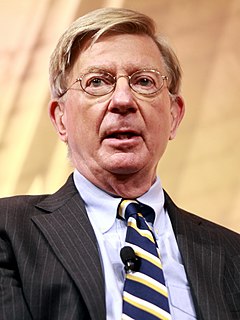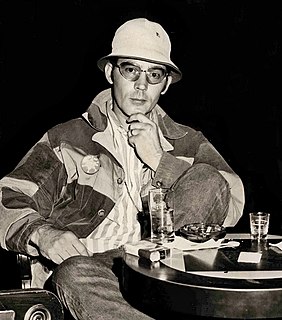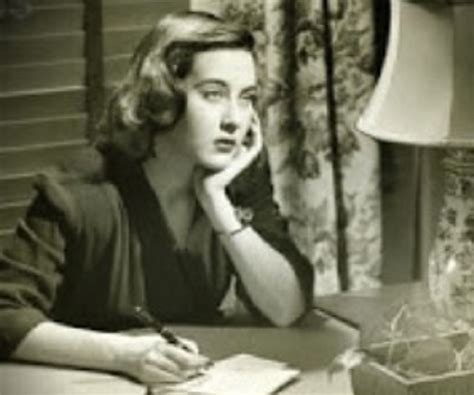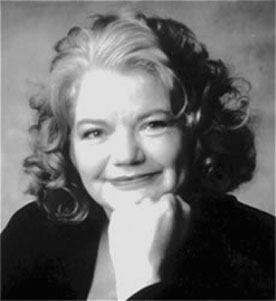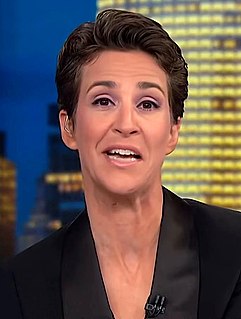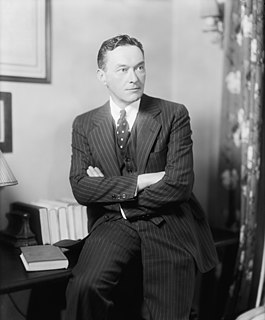A Quote by Jessica Savitch
The better the coverage, the more discriminating the viewer.
Related Quotes
I moved my business to Mobile Insurance because they simply understand my business better than any other insurance agency. My prior agent didn't really understand my coverage. Mobile Insurance President Kurt Kelley came in and was able to explain those coverage issues in detail to me and my legal counsel. He also saved us money and found us better coverage.
Obamacare does much more than provide coverage to the previously uninsured - it improves the quality of coverage for all of us. Critical cancer and other health screenings are free. Women and people with disabilities or chronic conditions are no longer charged more - or priced out of the market altogether.
What I never wanted in art - and why I probably didn't belong in art - was that I never wanted viewers. I think the basic condition of art is the viewer: The viewer is here, the art is there. So the viewer is in a position of desire and frustration. There were those Do Not Touch signs in a museum that are saying that the art is more expensive than the people. But I wanted users and a habitat. I don't know if I would have used those words then, but I wanted inhabitants, participants. I wanted an interaction.
A lot of the pieces I've done over the years have involved alterations of scale and the idea of the viewer's relationship to the object and how we see things by either enlarging or reducing objects, it causes the viewer to look at them again. It's hard to do because our culture is so bombarded by images and media. How do you make something fresh for a viewer? That's a real challenge.

